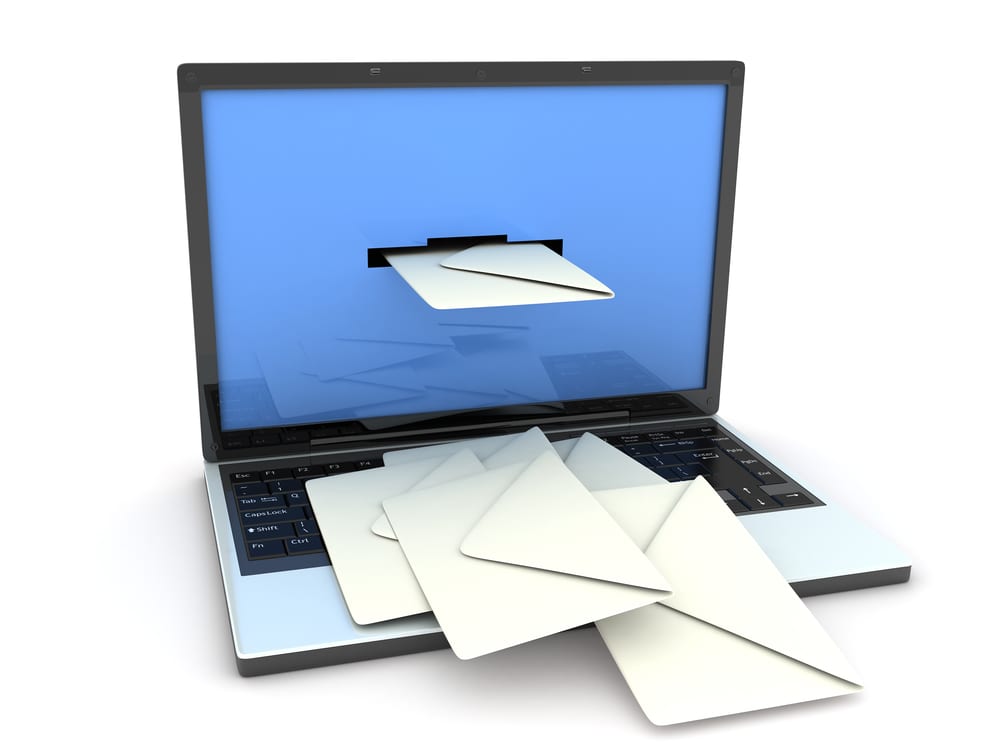Reaching out to customers in the age of the Internet looks much different than the days of “snail mail” marketing. For one, you are able to reach a much wider audience much more quickly through email as compared to through direct mail postcards. Emails also have the advantages of a digital form, for instance, recipients can click on the link that takes them directly to your website.
In order to remain relevant in the business world, companies must take steps to relate to their potential clientele and loyal customers in a clear and effective manner, or in other words, find out exactly what your clients want to see in your email exchanges. Some types of email that works for other companies may not work for you and your audience.
In this article we discuss several keys to finding your niche in email marketing:
- Market segmentation and how to properly define your customers
- Newsletter email formats
- Transactional emails for following up with customers
- Direct email marketing by using your own list of customers or purchasing a list
Knowing the type of emails that are available to you as well as knowing your audience will help you better find exactly what works for your company with this digital form of marketing.
Market Segmentation
One of the most practical and important ways to begin the email marketing process is through market segmentation. In short, market segmentation is dividing up customers based on any number of criteria including, but not limited to:
- gender
- race
- sexual orientation
- socioeconomic class
- interests
- geographical location
In this way, emails sent out can have a direct relevancy to their audience. People are much less likely to delete emails when the content relates to them on a personal level. Do some research and find out exactly what your audience responds to and what will cause them to delete your email without even opening and reading it.
Newsletter Emails
Newsletter emails can come in a variety of forms. Some company emails are more like newsletters. The benefit of such newsletter emails is to set up a repertoire with the recipient. It makes them feel as though they are involved and informed with weekly or monthly updates, increasing their desire to remain loyal to whatever product or business that the newsletter relates to.
Transactional Emails
A second form is transactional emails, which come after some sort of purchase occurs. These act as a kind of electronic thank-you note, making customers feel appreciated. Many of these brief transactional emails include at the bottom other products that the customer may like based on their most recent purchases.
Direct Marketing
A third type of email marketing, and the most prevalent, is direct marketing emails. These most closely tie into the previous remark about market segmentation. Direct email messages divide up customers based on some sort of common interest.
Direct messages aim small and miss small – their specific marketing technique leaves little room for disinterest. For example, women marked in a company’s system market as “engaged” would receive emails including the items that a woman planning a wedding would be interested in purchasing for her upcoming event.
A man marked as “single” would receive emails far different in content. This market segment might only receive emails about fishing gear or gaming, as an example.
Email Delivery
Business owners can send out emails through two different venues. Either, they have collected a list themselves of existing customers or they have purchased a list of customers from someone else.
Existing customers have the opportunity to sign up for promotional deals or email updates from a particular store or internet site – they voluntarily offered their information to these different companies.
Purchasing a list is different. What this means is that a company either pays another business to allow company one to include an ad or ads on company two’s email. Alternatively, it means that one business buys the entire stockpile of customers and their information from another business.
Often times, in the case of a wholesale purchase of customers, the company selling their lists is “going under.” This could potentially be detrimental to the company buying their customer information because it may prove to be fruitless. However, if purchasing a list comes in the form of tagging on an ad onto another company’s email, it may, in fact, prove highly beneficial.
Customers are much more likely to trust a company or organization if they are made to feel as though that company is trusted by someone with whom they are already in business. In other words, it eases potential customers into the idea of a business relationship with you if their initial introduction comes through a friend.
Final thoughts
Email marketing in the business field today all comes down to creating the illusion of individualization in a world of mass communication. Once you have your niche defined through careful market segmentation, then you need to determine what kind of email to send: newsletter, transactional, direct marketing, or even a combination of these techniques. Lastly, delivering the email through your own list or purchasing a list is the next big decision.
Image: “laptop and mail/Shutterstock“


